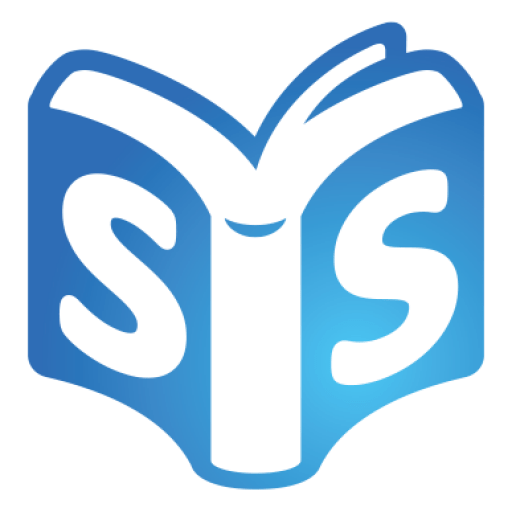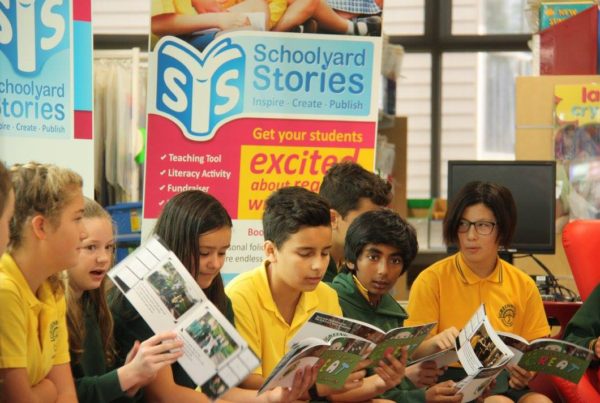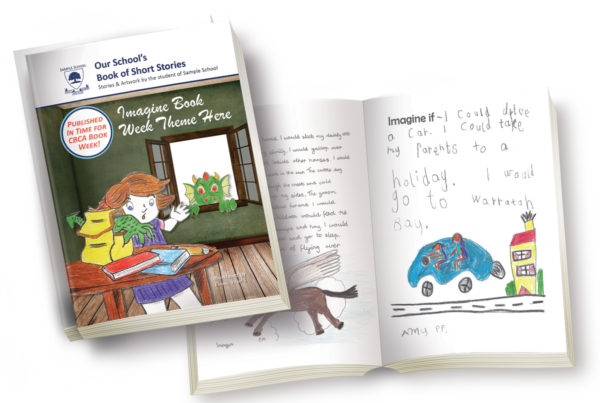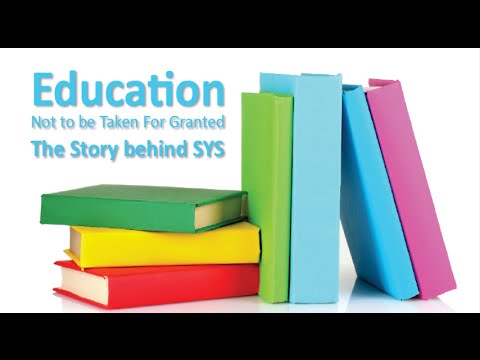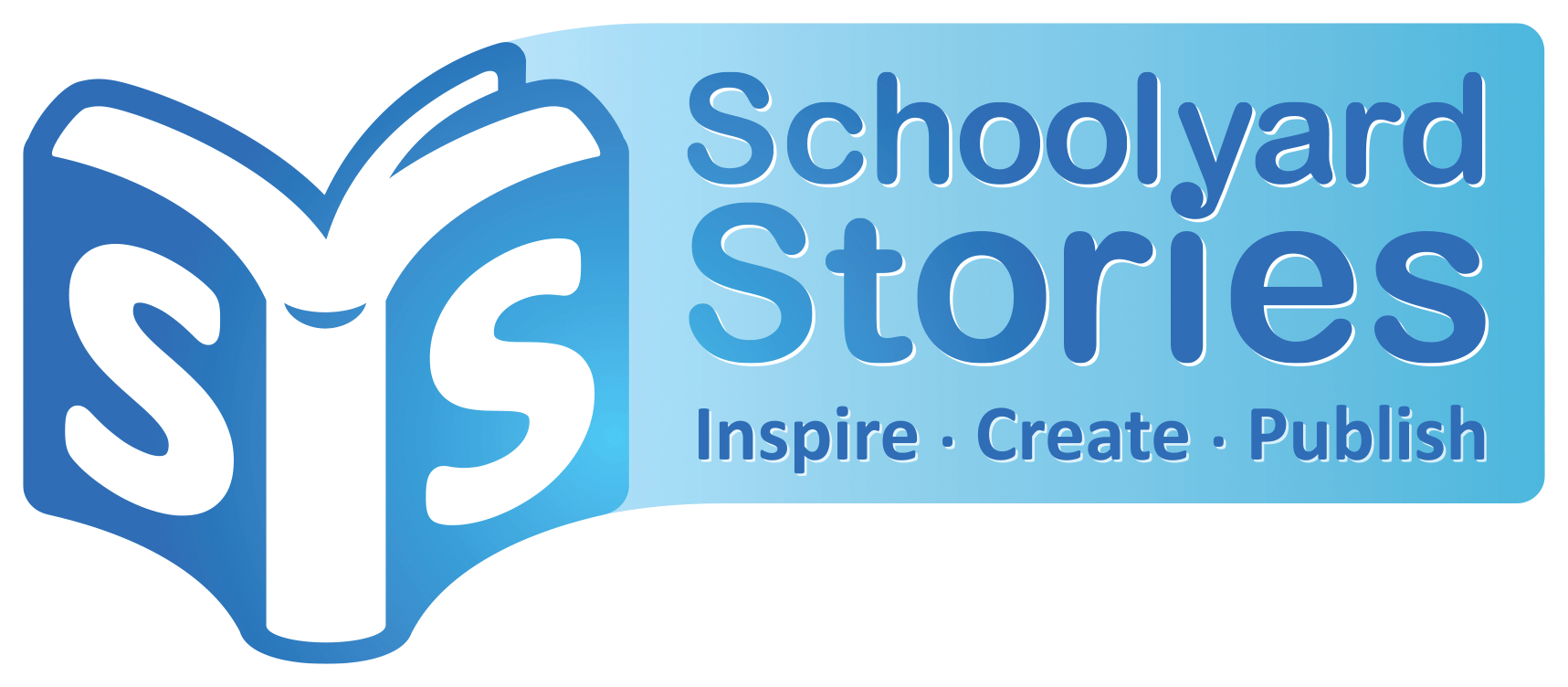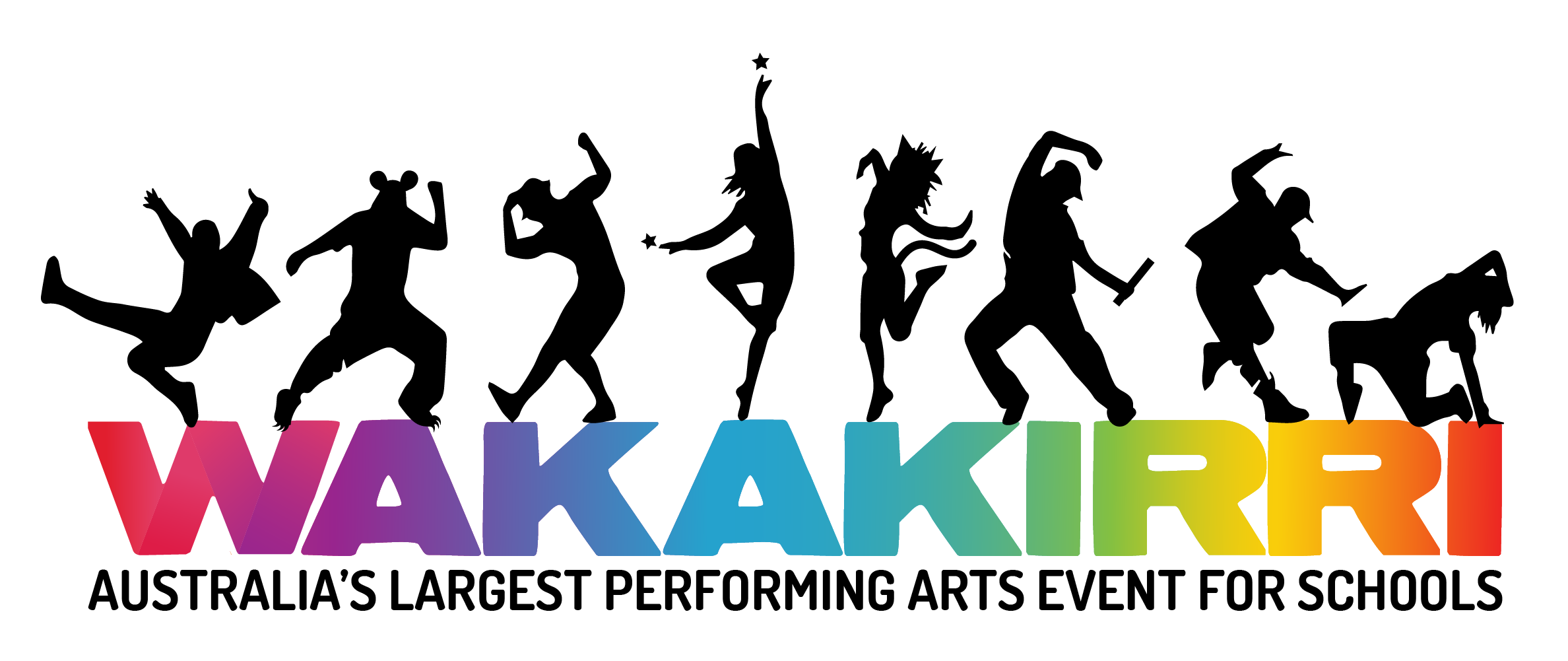As a primary school teacher, my experience has taught me that reading is the most important building block to learning. It is never too early for your child to learn to read books. The best possible outcomes occur when schools help parents educate children. Schools and teachers cannot do it alone. As a young mother, I believed that early exposure to phonics would give my children the best chance at becoming fluent readers and give them the best possible start to their education.
Our three children are all at school now and doing really well, so I thought I’d share some things we put into practice at home when they were preschoolers. I am not making any great claims here, but it seemed to have work for us and it may be helpful to you.
Reading to Kids
We read to our kids all the time. It may sound silly, but when I was pregnant and reading alone, I often read out loud; I figured it couldn’t hurt. After my children were born, there was rarely a night when my husband or I didn’t read to them. It became part of our bedtime routine and we always looked forward to it. Reading to them turned into listening to them read and now they are all independent readers who read every night. For us, it was about quality time and setting up good habits. Sometimes, when we just couldn’t read with them, we called upon an older sibling, the babysitter or a grandparent.
Books Everywhere
Books were everywhere in our home. On book shelves, in the bath, in the toy box, among soft toys in bed, you cannot get away from books in our house. Books come in all shapes and sizes. Plastic bath books and foam letters make wonderful bath toys. Lamaze by Tomy is just one brand that creates wonderful fabric books, touch and feel books as well as sturdy board books. Learning to read books was fun.
Teach Sounds First Not Letter Names
I taught my kids letters sounds before letter names. Learning sounds before letter names is important because of what I observed when teaching. In the classroom, I noticed that letter names confused beginner readers. The letter ‘s’ is pronounced “ĕs”. However, it is pronounced ‘sss’ when sounding out the word ‘sit’; and don’t get me started on Y and Q!
I started with sound letter recognition. For example, if we were playing with a letter puzzle and Elena picked up an “e” we called it, “ĕ for Elena”. An “m” would be “mmm for mummy”. With vowels and letters that have both a soft and hard sound ( such as ‘c’ and ‘g’), I just deferred to their most common sound; short vowel sounds and hard “c for cat” and “g for gate”. I am not saying that children shouldn’t learn the names of the letters. We definitely sang the alphabet song, but I believe that sounds are a priority.
Learn Lower Case Letters First
We learned to read lower case letters before upper case. Lower case letters are far more common than upper case letters. My favourite resource for my preschoolers was Letterland. All the lower case letters are shaped like characters such as Annie Apple and Dippy Duck. The sounds follow the same structure as mentioned above. When we learn to read and spell, the idea is to learn all the most common rules and then tackle the exception.
Consistent Font Style
Keep the font style consistent. It can be confusing seeing several different forms of the letters like ‘a’ and ‘g’ . Once they were able to recognise their letters consistently, they would start to notice that some letters looked strange and by then it was easy to look at the variations without too much confusion.
Learn One Sound Each Week
We set up our sound of the week on a sound table. What is a sound table you may ask? Just an empty table. Our sound of the week started at the beginning of the alphabet and we worked our way through.
I simply drew a large lower case ‘a’ on a piece of paper and stuck it on the wall above a small empty table. We looked around the house for things that started with ‘a for Alex’ (apple, ant, animal etc) and placed them on the table. Sometimes we found items during our outings to the park or supermarket. These were also add to our sound table. It was fun and it really made the kids focus on that sound for the entire week.
Phonic Games and Puzzles
Games that encouraged learning were prominent in our house. There is a plethora of games and puzzles that are letter focused and they aren’t just for kids. The obvious ones are Boggle and Scrabble. Letter magnets, phonetic puzzles and electronic games by brands such as Leapfrog , Fischer Price and Imaginarium are fun, durable and good value, especially if picked up second hand.
Handmade Word Cards
We stuck word cards on all sorts of things around the house (door, fridge, mirror, bed, table, chair etc). They learned to read these words pretty quickly. It wasn’t long before I could take the cards off. The kids could then put them back where they belonged.
Our Kids See Us Reading
We read all the time. Young children tend to mimic their parents so they would often pick up books and pretend to read. It was quite adorable.
Publish A Book With Your Child
One of my goals as a mother was to inspire my kids to love reading and books. It may have happened naturally without my intervention, but I wasn’t willing to take that risk. If my kids were good readers and they associated reading with happy times shared with loved ones, they would be well on their way to loving the entire book experience. We didn’t want learning to read books to become a chore.
I developed Schoolyard Stories from my love of teaching and books. I have seen the excitement of a whole school working towards the goal of publishing of book. It really is a great tool to help get kids get excited about reading and writing.
Building confidence is so important. Allowing your child to become a published author is a great way to build confidence. We always had so much fun writing stories and turning them into books. The books made excellent gifts and our kids really enjoyed reading them to their grandparents, aunts and uncles. Schoolyard Stories makes it so easy to publish a real book.
I hope this article helps you, help your kids learn to read.
